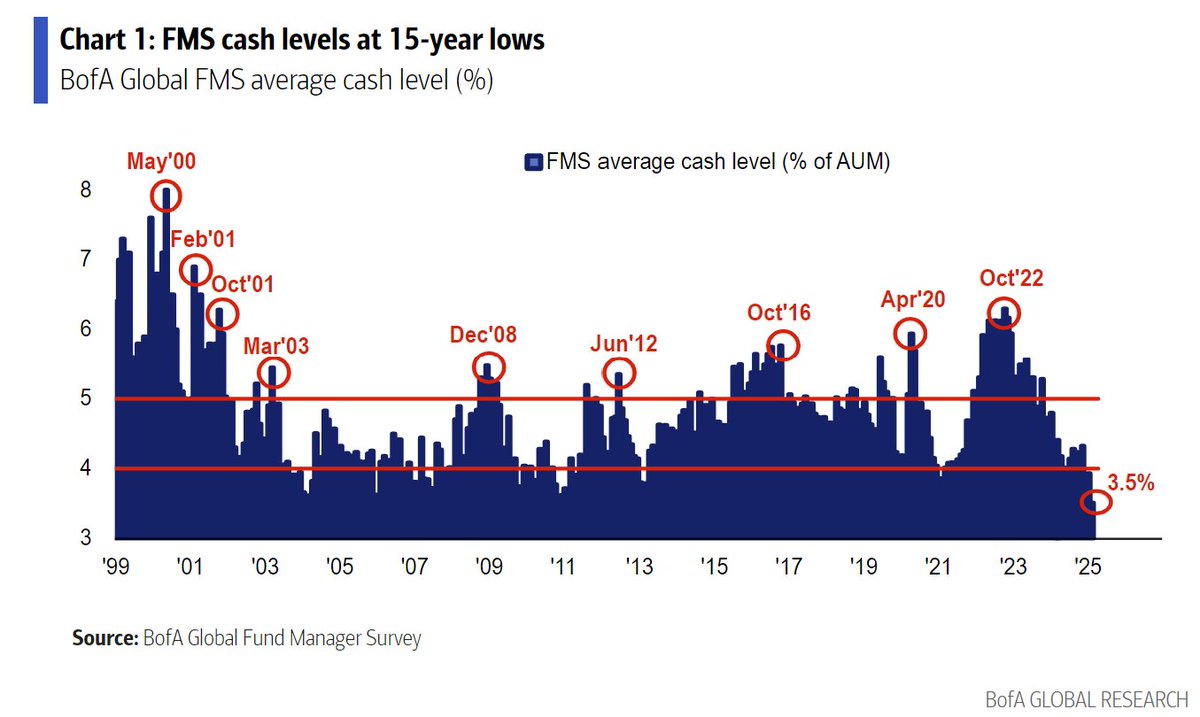Trying to make a video of that amazingly famous blood orange sunset in the #Mediterranean.
No filters needed here!
No filters needed here!
Maltese cliffs and that amazing sunset 🌅
Mediterranean isn’t only a holiday destination but a wonderful place live a long, healthy and happy life.
No wonder people here live to “forever”. No one here cares about your start up, flight to space or your Forbes list number.
Only the olive oil! 😂👌🏽
No wonder people here live to “forever”. No one here cares about your start up, flight to space or your Forbes list number.
Only the olive oil! 😂👌🏽
According to Bloomberg, two Mediterranean countries rank the highest on its Health Index (quality of health care and life expectancy).
But those living here know the Mediterranean islands are even better.
Highest quality of food, stress free & most desired living standards.
But those living here know the Mediterranean islands are even better.
Highest quality of food, stress free & most desired living standards.

Where would I live if I was starting all over again?
#Singapore the best country in the world right now confirmed by all rankings like eduction, health care, living standards, tech advancement, etc.
This city offers incredible opportunities during the Asia century.
#Singapore the best country in the world right now confirmed by all rankings like eduction, health care, living standards, tech advancement, etc.
This city offers incredible opportunities during the Asia century.

In the second place I would consider Nordic countries as they also offer incredible quality of life, health care, education, and job/business opportunities.
Throw in Switzerland and Dubai there too.
Throw in Switzerland and Dubai there too.

• • •
Missing some Tweet in this thread? You can try to
force a refresh

















